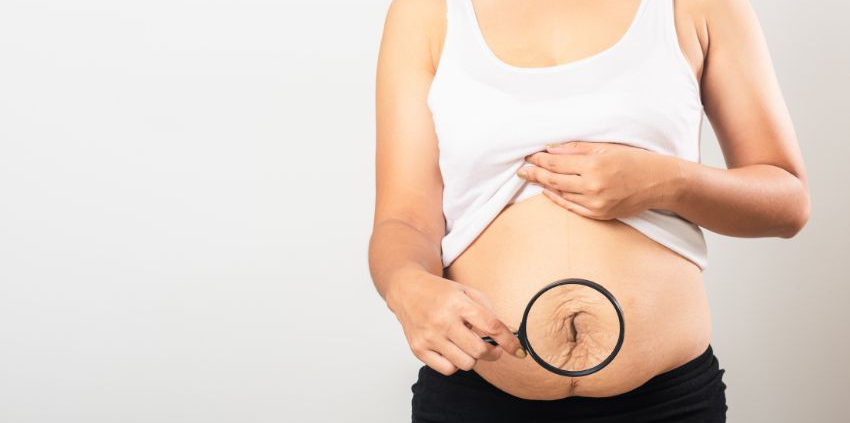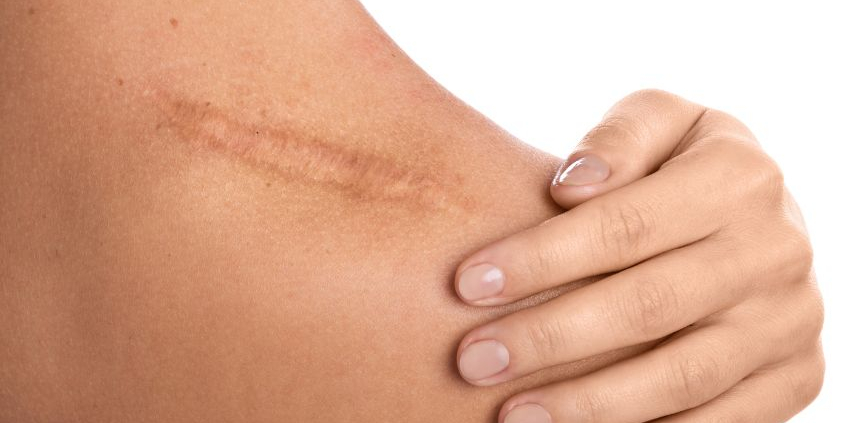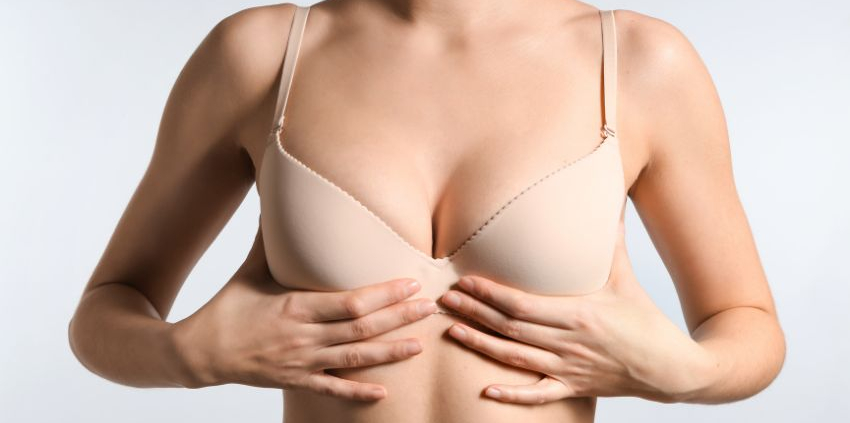One of the most common questions patients ask after plastic surgery is, “When can I start exercising again?” Whether you’re someone who hits the gym regularly, enjoys long walks, or just wants to get back to feeling active, it’s completely natural to want to resume movement as soon as possible. However, jumping back into exercise too soon can do more harm than good.
In this blog, we’ll look at what you need to know about returning to exercise after surgery, why taking it slowly matters, and how to strike the right balance between staying active and allowing your body to heal.
Why rest comes first
After surgery, your body needs time to recover. No matter how fit or healthy you were beforehand, surgery is still a form of trauma, and healing properly is the priority. In the first few days after your procedure, rest is key. This is when your body begins repairing tissue, reducing inflammation, and laying the groundwork for long-term results.
Pushing yourself too early can interfere with this process. Not only can it lead to swelling or bruising, but it can also stretch or disrupt healing incisions, increasing the risk of complications. In some cases, overdoing it too soon can affect the final aesthetic result, so it’s worth taking those early days seriously, even if you’re itching to get moving.
When can you start moving again?
The answer depends on the type of procedure you’ve had. More involved surgeries like tummy tucks, breast augmentations, or facelifts will usually require a longer recovery period before you return to regular physical activity. On the other hand, less invasive procedures may allow for gentle movement sooner.
As a general guide, most patients are encouraged to start walking short distances within a few days of surgery. This helps to keep your circulation going and helps to reduce the risk of blood clots. Think of it as low-effort movement, not formal exercise.
After around two to three weeks, depending on how you’re healing, you may be able to introduce light activity like walking for longer periods or gentle stretching. Anything high-impact like running, weightlifting, or core workouts, should be avoided until your surgeon gives you the go-ahead. For some procedures, that could be four to six weeks; for others, it might be longer.
Follow your surgeon’s aftercare advice
The golden rule when returning to exercise after plastic surgery is to listen, both to your surgeon and your body. No two recoveries are the same, so what works for one person may not be right for another. Mr Nigel Horlock provides clear, personalised aftercare advice for every patient, including guidance on when it’s safe to increase activity.
It’s also worth noting that feeling fine doesn’t always mean you’re fully healed. Some internal healing takes longer than you might realise, and it’s possible to damage tissue even if you’re not in pain. That’s why professional advice is so important. It’s about doing what’s best for your long-term results, not just how you feel in the moment.
If you ever feel sharp pain, swelling, or pulling around your incision sites during or after activity, it’s a sign to stop and rest. There’s no benefit in pushing through discomfort when your body is telling you to slow down.
The right exercise at the right time
Once you’ve been given the all-clear to return to full activity, regular exercise can be a fantastic way to support your results. It helps maintain weight, boosts circulation, improves mood, and keeps your body feeling strong and balanced. However, getting there takes patience.
By easing back into movement gradually, you’re giving your body the best chance to heal well and enjoy the results of your surgery for years to come.










